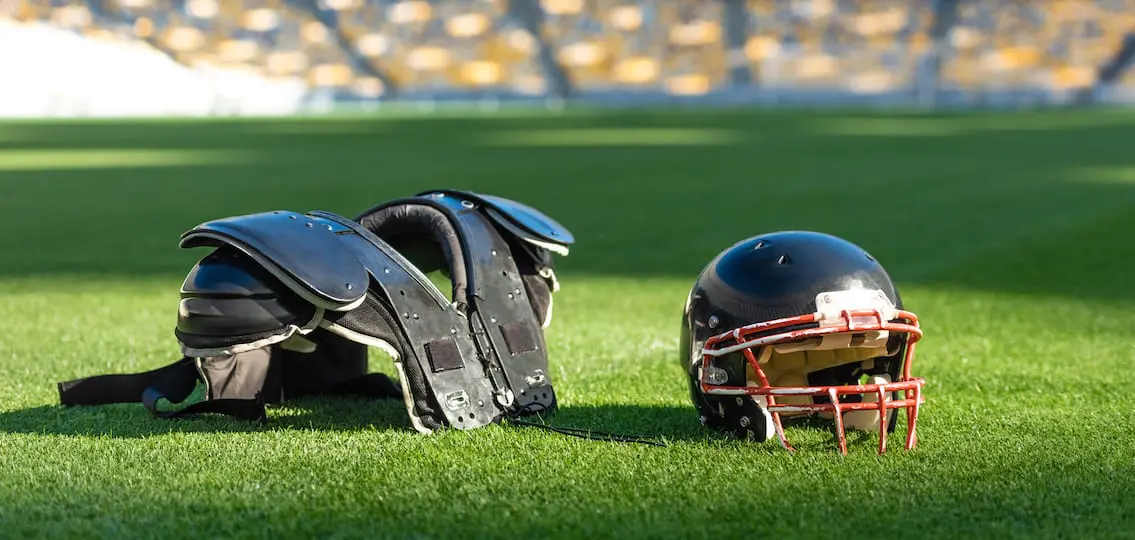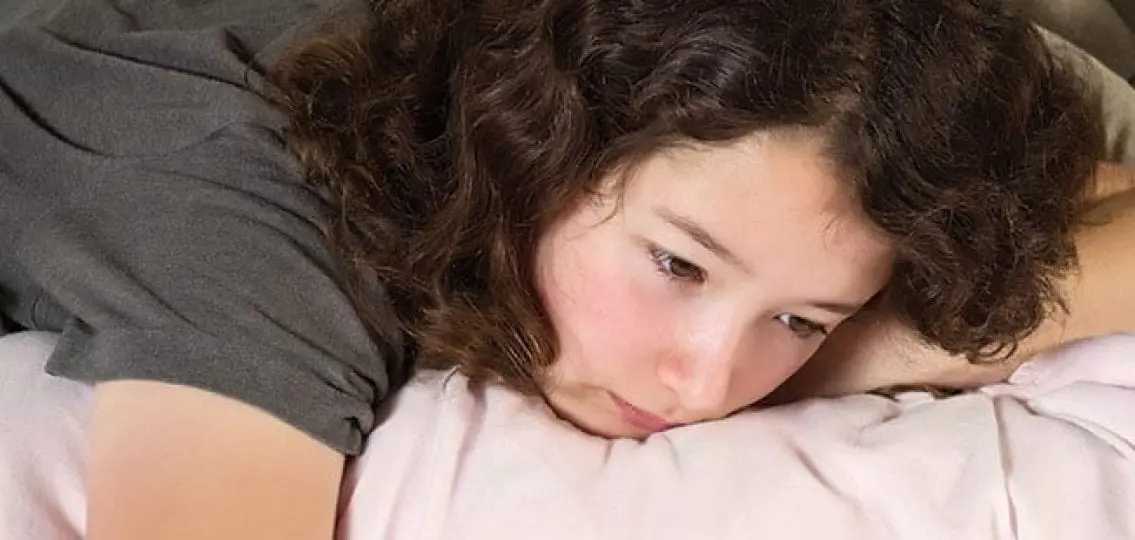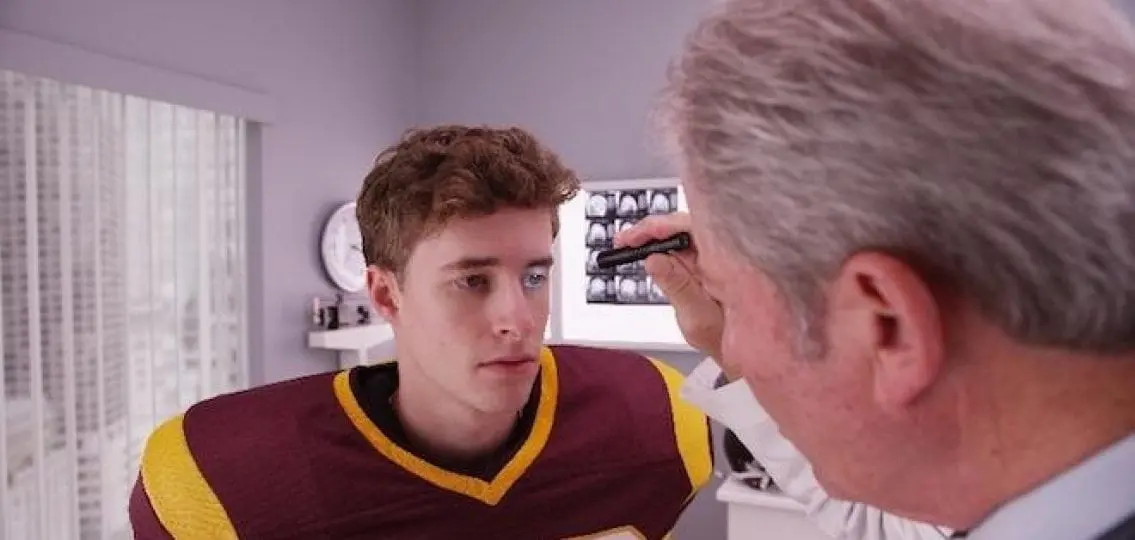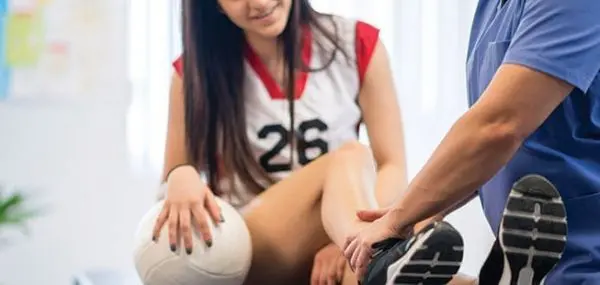One night at lacrosse practice, Sean took a hit to the back of his helmet from the player his high school team with the hardest shot. When his coach asked Sean for his mom’s cell phone number, Sean couldn’t remember it—or her name, either.

Not surprisingly, Sean was diagnosed with a concussion. He was told to stay in bed, and to avoid reading, screens, and even listening to music. For six weeks, he lay in a dark room playing with a rubber band that he had jokingly named Wilson just like Tom Hanks’ friend in Cast Away.
“The recovery was worse than the head injury,” says his mother. “He literally didn’t do anything but sleep and snap that rubber band.”
If your teen has ever had a concussion, then you know that recovery can be a lengthy process. Previously, treatment guidelines for concussions advised complete inactivity or “cocoon therapy” after suffering a brain injury. Patients were told to reduce their activity as much as possible. Specifically, they were told to remain in a darkened room, with little visual or physical stimuli, until all concussion symptoms were gone.
Reduced Rest Period
In early 2017, the Concussion in Sport Group, an international panel of concussion experts, released updated treatment guidelines for concussions. Instead of complete rest, the new guidelines recommend an initial period of rest for 24-72 hours. After the rest period, the patient can return to limited activity.
“What research now shows is that the brain needs stimulation to improve,” says Dr. Elizabeth Pieroth, PsyD, ABPP, associate director of the sports concussion program at NorthShore University HealthSystem. “Under the old ‘lying around doing nothing’ theory, patients who were lying in a dark room with no stimuli weren’t improving. We know the brain is always active—we can’t simply turn it off. The research indicates that movement and stimulation after concussions actually aid in recovery and help the brain to heal.”
Let the Brain Heal? When to Return to School after Concussion
Under the concussion guidelines, the period of complete rest is greatly reduced to 24-72 hours, depending upon the severity of the injury. “Dial back on everything for the first few days,” says Pieroth. “Let the brain have the energy you would otherwise be expending so it has the energy it needs to heal.”
Patients are encouraged to return to limited physical activity and school as soon as they are able to without exacerbating their symptoms. “The sweet spot is finding each individual’s tolerance for activity that doesn’t make their symptoms worse,” says Pieroth.
So why the change in advice? Researchers observed that complete inactivity did not lead to recovery. In fact, patients experienced bad side effects in addition to the concussion symptoms themselves. These side effects include:
- Anxiety: “Injured student athletes know that that tidal wave of school work and homework doesn’t stop because of their injury,” says Pieroth. “Their anxiety increases when they think about how far behind they’re getting in their academics.”
- Social isolation and depression: Pieroth says we shouldn’t be surprised by this. “They are away from their friends and classmates. They can’t use their phone. Now they have nothing to do but to lie around and focus on their symptoms and how bad they feel.”
- Disordered sleep: “Many concussed students find that their sleep/wake cycles get messed up, especially if they are sleeping all day,” notes Pieroth. “These are athletes who are used to a lot of physical activity. When you remove physical activity, we can see sleep disturbances.
Returning to school is about finding the right balance between activity and aggravating symptoms. “It’s about managing your symptoms,” states Pieroth.
How to Have a Safe Return to School:
When returning to school after a concussion, Pieroth recommends the following steps.
1. Assess symptoms.
“You won’t learn if you have a raging headache. So if we give a patient an accommodation, control your school environment and triggers, we can manage symptoms so you feel well enough to learn.”
2. Control triggers.
For some kids, the noise and chaos of the high school environment is a trigger. “We can have them avoid the noisy hallways when classes change by leaving the classroom before everyone else without the crowds. Students can skip assemblies, or gym class, or eat outside the noisy cafeteria. If they are sensitive to light, we can move their seat away from the window or white board.”
3. Build in breaks during the school day.
Build in a rest periods halfway through the day, or a few quiet minutes between classes. “Schools will get a note from the treating physician, and it is becoming much more accepted to have these accommodations as part of concussion recovery. Some states such as Illinois have laws such as the Return to Learn which make it much easier for students to return to class without being overly restrictive.”
4. Prioritize homework.
As they tolerate homework, allow students to do some assignments, and to put others aside, depending on how they feel. “This gives kids a sense of control when we let them decide what they can and cannot do, and really helps with anxiety.”

Concussions are a significant brain injury, but with the new treatment guidelines, most patients will recover more quickly and have greater control over managing their symptoms.




